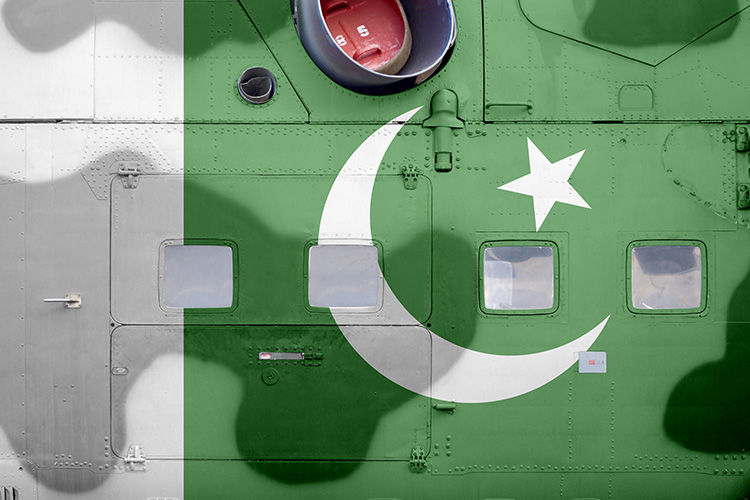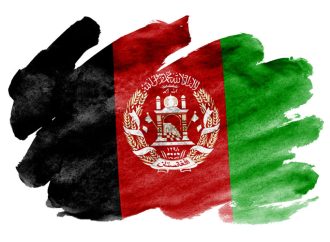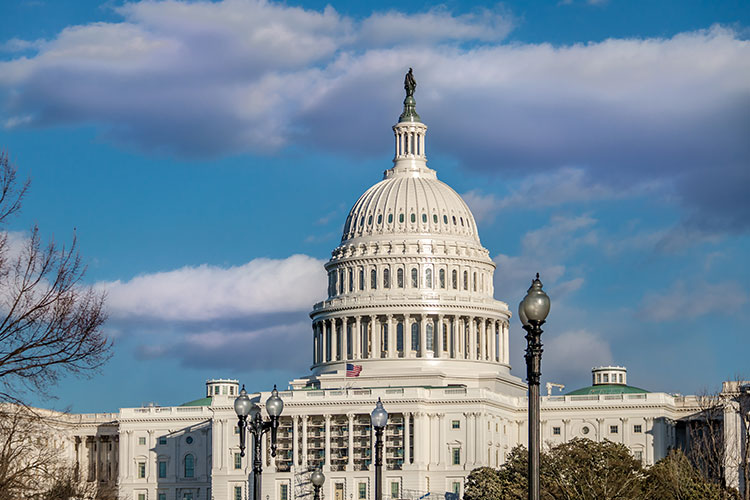In Pakistan, nearly 62 per cent of the population resides in rural areas and are directly or indirectly dependent upon agriculture as their main or only source of income. The agriculture sector plays a vital role for the economy of Pakistan as it produces commodities that are subject to exports, a primary method of making
In Pakistan, nearly 62 per cent of the population resides in rural areas and are directly or indirectly dependent upon agriculture as their main or only source of income. The agriculture sector plays a vital role for the economy of Pakistan as it produces commodities that are subject to exports, a primary method of making money for the country. However, Pakistan is among the thirty-six countries that are currently water-stressed, being fourth in line for countries with the highest usage of water in the world. But the International Monetary Fund (IMF) has stated that Pakistan is the third most affected country by water scarcity. Among the reasons why, this is because of over population, mismanagement of the water system and climate change.
The water crisis began in 1990, according to the Pakistan Council of Research in Water Resources (PCRWR), when the country first touched the ‘water stress line’. But in 2005, the PCRWR declared that the country has now crossed the “water scarcity line”. Researchers have now predicted that the country is on its way in becoming a more water-stressed country in the region, approximately by the year 2040. Yet, reports issued by the United Nations Development Programme (UNDP) and the PCRWR have warned the government that Pakistan will reach absolute water scarcity by 2025. Nasit Javid, a researcher for The National Interest, has stated that about 1.8 billion people, especially those living in Asia, will be facing acute water scarcity by 2025. The United Nations (UN) Humanitarian Coordinator for Pakistan, Neil Buhne, has expressed that “No person in Pakistan, whether from the north with its more than 5,000 glaciers, or from the south, with its ‘hyper deserts,’ will be immune to this.”
Water in Pakistan is derived from a number of sources. A significant proportion of water comes from winter rainfall, with sixty per cent of the rainwater derived from monsoon rains. Additionally, Pakistan has more than 7,000 glaciers in the north, which feed the river systems, with the River Indus and its tributaries providing most of the water for irrigation. However, the melting of the glaciers change has led to an increasing concern of flooding, with Pakistan’s surface and groundwater resources are decreasing rapidly. There are currently around thirty million citizens who do not have access to clean water and the UN has reiterated that there are three billion people who are affected by water shortages, globally.
For Pakistan, water plays an essential role in the export industry as ninety-five per cent of Pakistan’s water is used for agriculture, producing products, on which eight per cent of the country’s exports are based. However, the agriculture sector is largely untaxed and although majority of Pakistan’s farmland is irrigated via a canal system, the IMF has expressed that the system is underpriced, recovering only a quarter of annual operating and maintenance costs.
Citizens have started to face problems, with residents in Karachi finding their taps dry during intense heatwaves which envelop the city. The city gets its water from the Indus River and the Hub Dam, but lack of water has caused individuals to resort to stealing water, with some further selling the commodity. Recently, a member of the Provincial Assembly of Sindh, Suhail Anwar Siyal, met with the Prime Minister Imran Khan and has complaied that the province is not receiving its share of water, as water is being stolen from the Tarbela Dam.
In addition, A resident of one of Karachi’s shanty town, Orangi, Mohammad Shakeel, has said that for the past forty years, the area has not had any government provided water and that the water they use is given to them through charities, which bring water to the area every two weeks, and tankers. Another resident, Mohsina Kahtoon, explained that the water they receive and buy only lasts them three to four days.
In the Hunza District, floodwaters have begun to rise quickly, causing residents to evacuate. It is noted that floods carry with them debris and huge boulders from melting glaciers and have thus, caused families to leave their homes and seek refuge in tents; have destroyed cherry, apricot, and walnut orchards upon which many local village families depend; and have damaged the irrigation and hydropower systems. This dramatic melting of Himalayan glaciers is due to the ever-increasing climate change, says the study published in the journal of Science Advances.
Nevertheless, action is being taken. The PM will hold a meeting to further discuss the water crisis. A project has been embarked upon, funded from the United Nations Adaptation Fund from 2011 to 2016, and is directed towards the installment of two lake outburst warning systems and flood protection walls in the Chitral District and the Gilgit Baltistan region. This project aims to install similar systems in fifteen other northern districts and to build infrastructure to reduce risks.
Moreover, warning systems which were meant to be installed between 2018 and 2022 and which received a funding of thirty-seven million dollars from Green Climate Fund has also begun, with the aim to install the first early warning systems on the glaciers by September. The project was delayed due to the recent outbreak of Covid-19 and conflict between the UN Development Programme-Pakistan and the federal Ministry of Climate Change, which has recently been resolved.
It has also been suggested that, concerning agriculture, the distribution of water should be done so based on crop and not land, as different crops require different quantity of water. So, the institutional capacity of the government should be built to distribute the water in this manner. Laser levelling, drip irrigation and sprinklers are also suggested solutions, as they minimize the wastage of water used, moving away from the suggestion of building dams as the long history of Inter-provincial disputes concerning this solution show that it is not feasible. Instead, the solutions mentioned are argued as being aiders in the strengthening of Pakistan’s economy and food security by Mr. Javid.
- Afghan Peace Process: Is it failing? - June 10, 2021
- Explainer: Water Crisis in Pakistan - June 8, 2021
- Pakistan Lens: the Israel-Palestine Conflict - June 3, 2021












Leave a Comment
Your email address will not be published. Required fields are marked with *